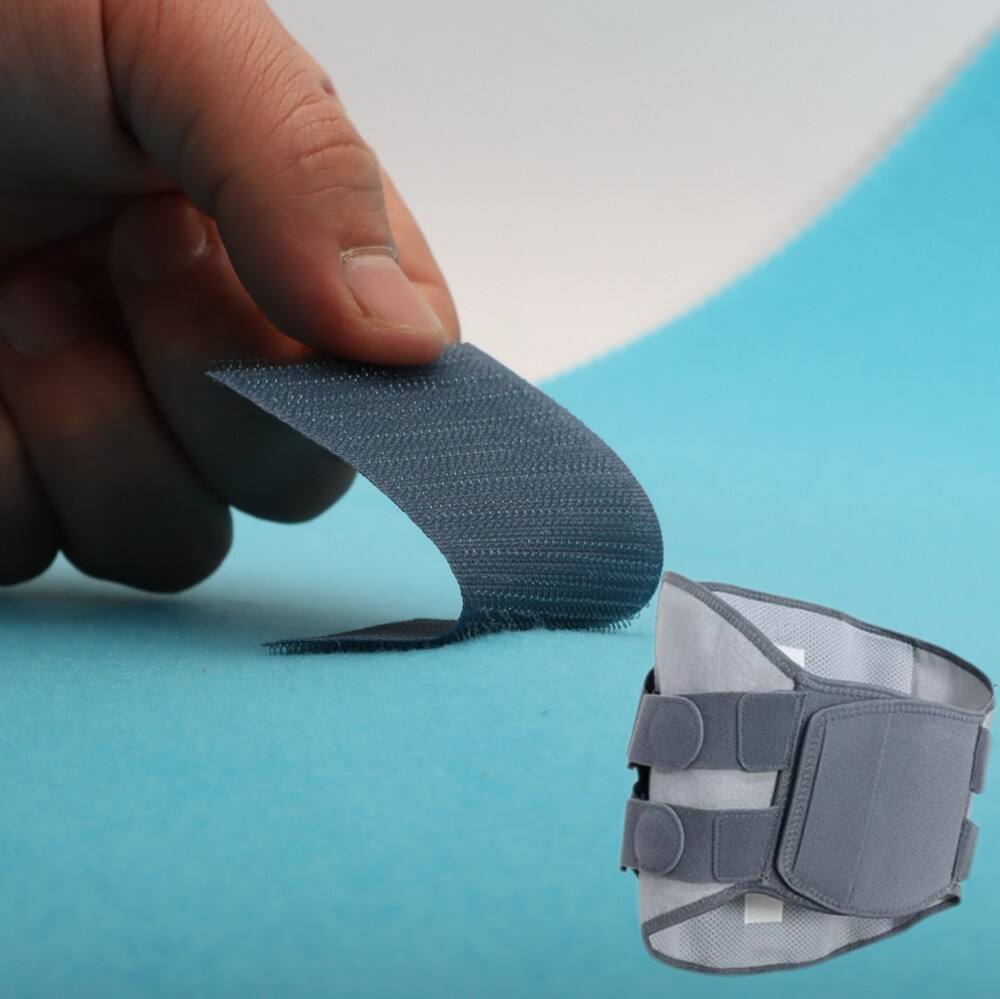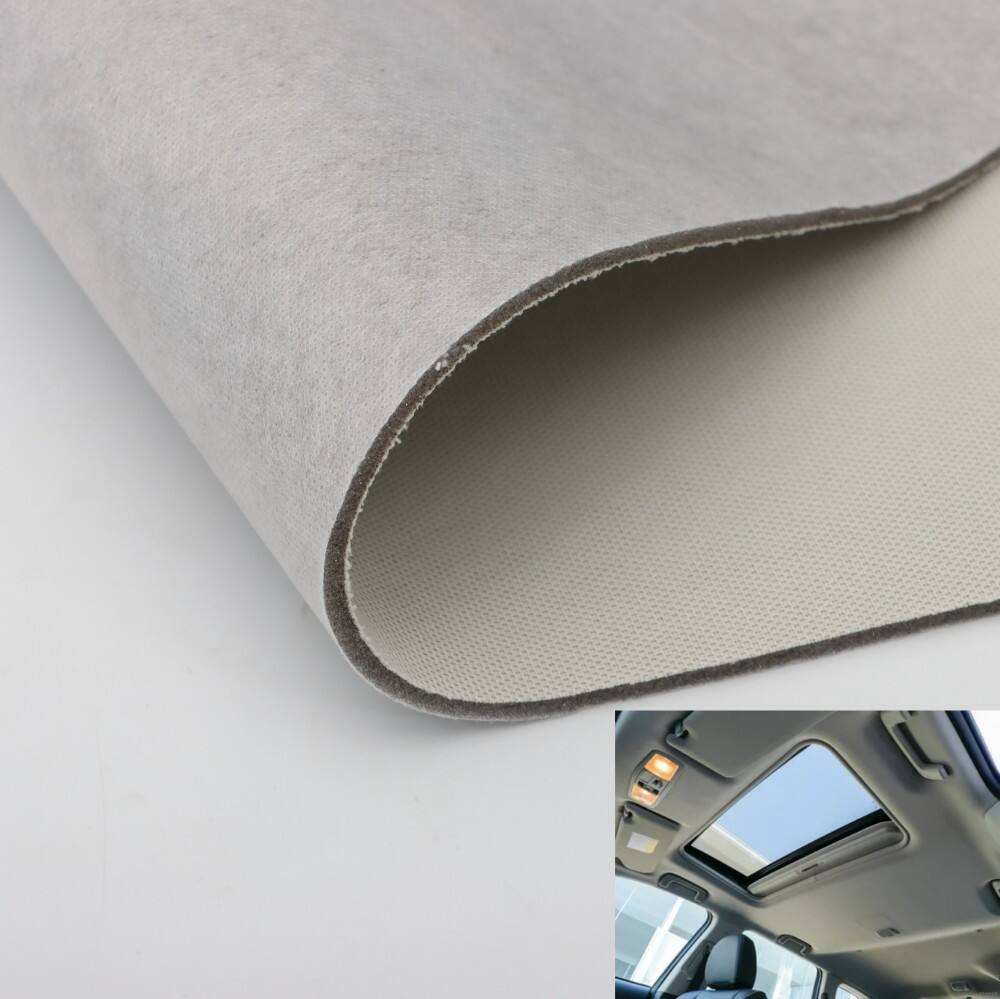Understanding the Revolution in Comfort and Protection Materials
The evolution of padding materials has transformed how we experience comfort and safety in our everyday gear. At the forefront of this innovation stands mesh foam fabric, a remarkable material that has revolutionized the way manufacturers approach padding in backpacks and protective equipment. This versatile material combines the breathability of mesh with the cushioning properties of foam, creating an optimal solution for various applications.
Modern adventurers, athletes, and everyday users increasingly demand gear that not only protects but also enhances their comfort during extended use. Mesh foam fabric answers this call by providing a unique combination of durability, ventilation, and impact protection that traditional materials simply cannot match.
Technical Composition and Properties
Material Structure and Design
Mesh foam fabric features a complex structure that combines multiple layers to achieve its superior performance. The outer layer consists of a durable mesh material, typically made from polyester or nylon, which allows air to flow freely through the fabric. This mesh layer is bonded to a specialized foam core that provides cushioning and impact absorption. The resulting composite material offers exceptional breathability while maintaining its protective qualities.
The foam core itself can vary in density and thickness, allowing manufacturers to customize the material's properties for specific applications. This adaptability makes mesh foam fabric an ideal choice for both lightweight backpack padding and heavy-duty protective equipment.
Performance Characteristics
The unique properties of mesh foam fabric make it exceptionally well-suited for padding applications. Its open-cell structure promotes airflow, preventing heat buildup and moisture accumulation that can lead to discomfort. The material demonstrates excellent recovery properties, maintaining its shape and protective capabilities even after prolonged compression.
Furthermore, mesh foam fabric exhibits superior tear resistance and durability compared to traditional padding materials. Its integrated structure distributes force across a wider area, reducing pressure points and enhancing overall comfort for the user.
Benefits for Backpack Applications
Enhanced Comfort During Extended Wear
When used in backpack padding, mesh foam fabric creates an optimal interface between the pack and the wearer's body. The material's breathable nature prevents the uncomfortable sweating often associated with traditional foam padding, while its cushioning properties effectively distribute the weight of the pack across the back and shoulders.
The material's ability to maintain its shape ensures consistent performance throughout long hiking sessions or daily commutes. Users experience reduced fatigue and improved comfort, even when carrying heavy loads for extended periods.
Durability and Maintenance
Backpacks featuring mesh foam fabric padding demonstrate exceptional longevity. The material resists compression set, meaning it returns to its original shape even after being compressed for long periods. This resilience translates to maintained performance throughout the product's lifetime.
Maintenance is straightforward, as the mesh structure allows for easy cleaning and quick drying. The material's moisture-resistant properties help prevent the growth of bacteria and odors, contributing to better hygiene and extended product life.
Advantages in Helmet Protection
Impact Protection and Safety Features
In helmet applications, mesh foam fabric provides crucial impact protection while maintaining optimal comfort. The material's ability to absorb and distribute force makes it an excellent choice for protective headgear across various activities, from cycling to construction work. The layered structure of mesh foam fabric creates multiple zones of protection, enhancing the helmet's ability to safeguard against both direct and angular impacts.
Modern helmet designs incorporating mesh foam fabric often exceed safety standards while remaining surprisingly lightweight. The material's efficient impact absorption properties allow for thinner padding profiles without compromising protection levels.
Ventilation and Comfort Solutions
One of the most significant advantages of using mesh foam fabric in helmet padding is its superior ventilation capabilities. The material's open structure facilitates continuous airflow, helping to regulate temperature and prevent overheating during intense activities or warm weather use.
The fabric's moisture-wicking properties work in conjunction with its ventilation features to keep the wearer's head dry and comfortable. This combination of benefits makes mesh foam fabric particularly valuable in high-performance applications where comfort and safety must coexist.
Environmental and Sustainability Aspects
Manufacturing Innovations
Modern manufacturing processes for mesh foam fabric increasingly focus on sustainability. Advanced production techniques minimize waste and reduce energy consumption, while some manufacturers have begun incorporating recycled materials into their mesh foam fabric products. These innovations help reduce the environmental impact of protective gear production.
The durability of mesh foam fabric also contributes to sustainability by extending product lifecycles and reducing the need for frequent replacements. This longevity helps decrease overall resource consumption and waste generation.

Future Developments
Research continues into biodegradable alternatives and even more sustainable production methods for mesh foam fabric. Manufacturers are exploring bio-based materials and closed-loop recycling systems to further improve the material's environmental profile. These developments promise to make mesh foam fabric an even more attractive option for environmentally conscious consumers and manufacturers alike.
Frequently Asked Questions
How long does mesh foam fabric padding typically last?
With proper care and regular use, mesh foam fabric padding can maintain its performance characteristics for several years. The material's resilience and recovery properties help ensure long-term durability, though exact lifespan depends on usage intensity and maintenance practices.
Can mesh foam fabric be cleaned effectively?
Yes, mesh foam fabric is designed for easy maintenance. The material can be spot-cleaned with mild soap and water, and its quick-drying properties help prevent moisture-related issues. For items with removable padding, following manufacturer-specific cleaning instructions will ensure optimal results.
What makes mesh foam fabric superior to traditional padding materials?
Mesh foam fabric combines superior breathability, excellent impact protection, and enhanced durability in a single material. Its unique structure provides better ventilation than solid foam, while maintaining protective properties. The material also offers better moisture management and shape retention compared to traditional padding options.







